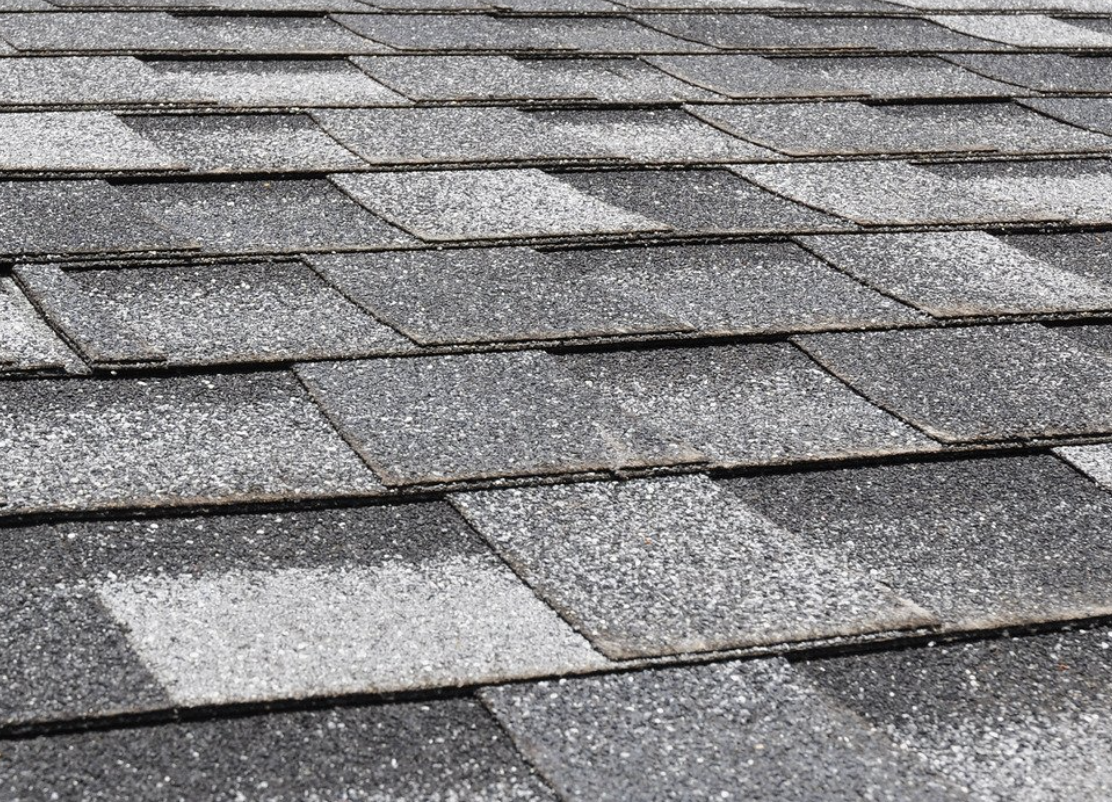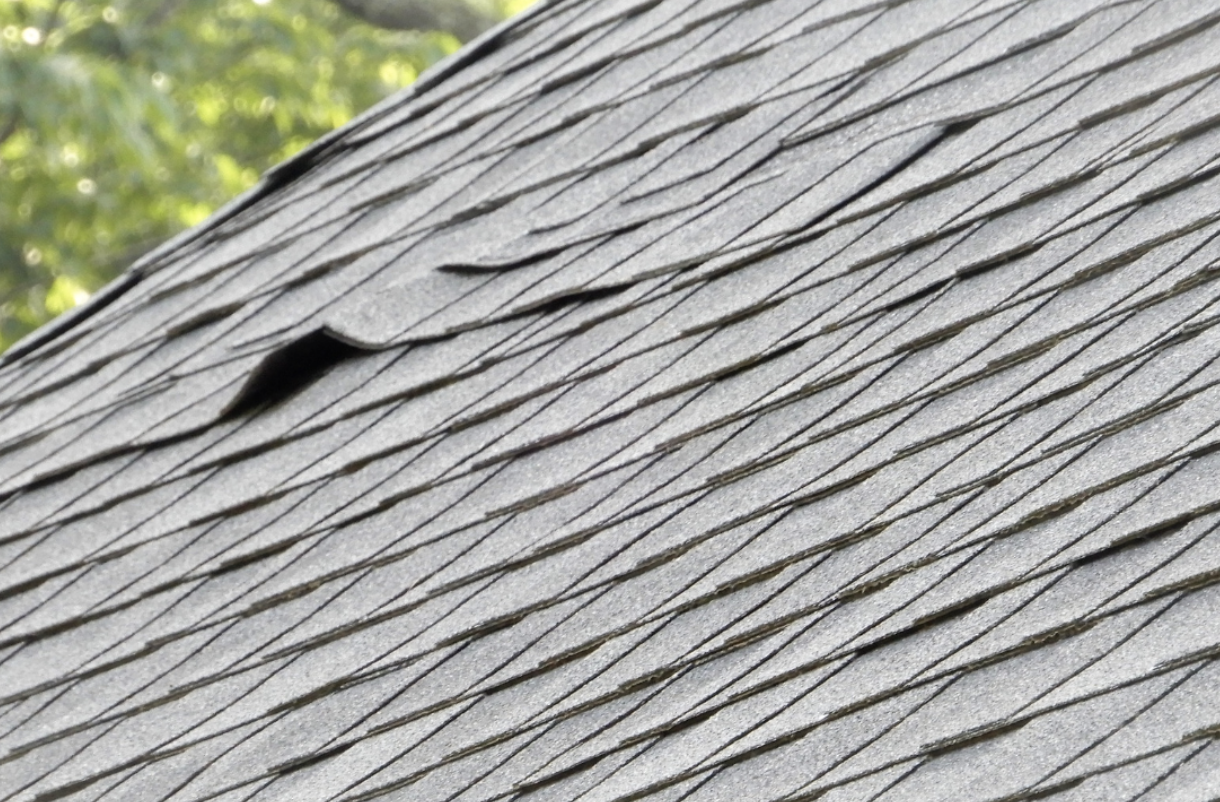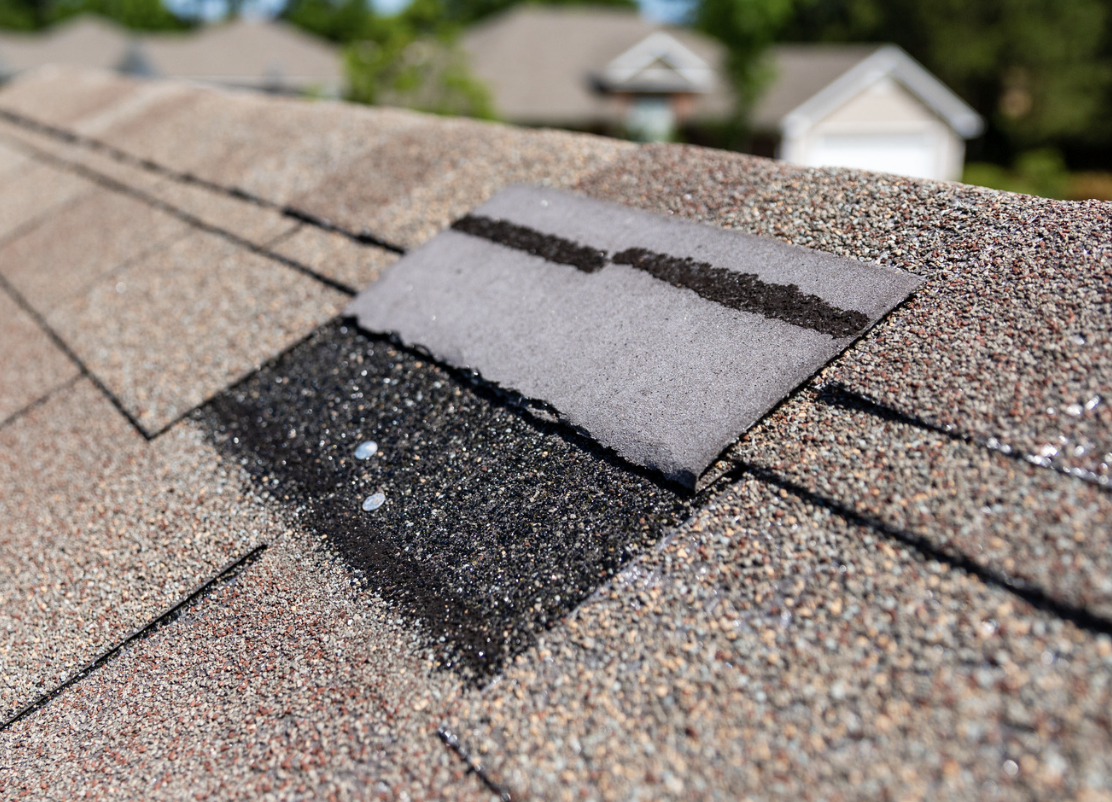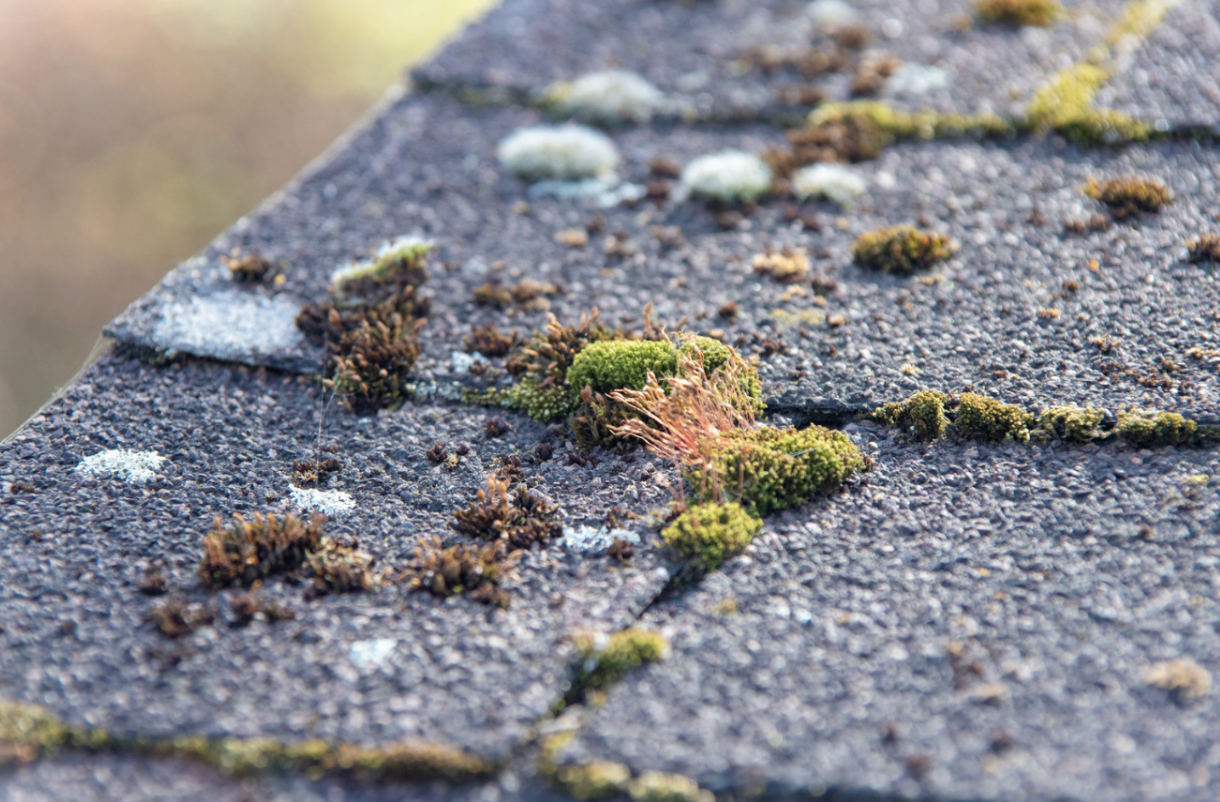How Long Does A Roof Last?

How Long Does A Roof Last?
In the Pacific Northwest, the lifespan of a typical roof ranges between 17 and 22 years. However, age alone isn't the only indicator that a roof may need replacing. Over time, roofs can exhibit various signs of wear and aging, signaling that it might be time for a new installation. Recognizing these signs early can help you avoid costly roof repairs and potential damage to your home. Here are some key indicators that your roof might be nearing the end of its useful life.
1. Missing Granules on Shingles

One of the first signs of aging in asphalt shingles is the loss of granules. These small, coarse particles cover the surface of the shingles, providing durability. As shingles age, they begin to shed these granules, which can often be found in your gutters or at the base of downspouts. If you notice a significant accumulation of granules, it could indicate that your shingles are deteriorating and may need a full roof replacement.
2. Visible Asphalt Shingle Matting, Cracking, Bubbling, Curling, or Buckling Shingles

Shingles are designed to withstand the elements, but over time they can begin to show signs of physical wear and tear. Look out for the following issues:
- Visible Fiberglass Matting: When the protective granules and asphalt wear away, the fiberglass matting underneath may become visible. This is a clear sign that the shingles are no longer providing adequate protection.
- Cracking: Shingles may develop cracks due to exposure to extreme weather conditions, making them more susceptible to leaks.
- Bubbling: Blistering or bubbling can occur when moisture gets trapped under the shingles. This can compromise the roof's integrity and lead to further damage.
- Curling or Buckling: Shingles may begin to curl or buckle due to age, improper installation, or inadequate ventilation. This not only looks unsightly but also leaves your roof vulnerable to water infiltration and wind damage.
3. Missing Shingles

If you notice missing shingles, it's often a sign that your roof is reaching the end of its life. Shingles can be lost due to strong winds, severe weather, or simple wear and tear. Missing shingles leave gaps in your roof's protection, increasing the risk of leaks and water damage. If your roof is losing shingles frequently, it's a clear indication that a roof replacement is needed.
4. Moss Build-up and Other Factors Leading to Premature Failure

In the damp climate of the Pacific Northwest, moss and algae growth can be a common issue on roofs. While moss might seem harmless, it can trap moisture against the roof surface, leading to rot and deterioration. Additionally, factors such as severe weather events, plastic accessories, and poor-quality materials can contribute to the premature failure of a roof. For example, plastic accessories can become brittle and break over time, compromising the roof's overall integrity.
At Valentine Roofing, we understand the unique challenges of roofing in the Pacific Northwest and are here to help you with all your roofing needs. Contact us for a free roof replacement estimate at (206) ROOFING. Our experienced team will assess your roof's condition and provide you with a comprehensive roofing solution to ensure your home remains safe and protected.
